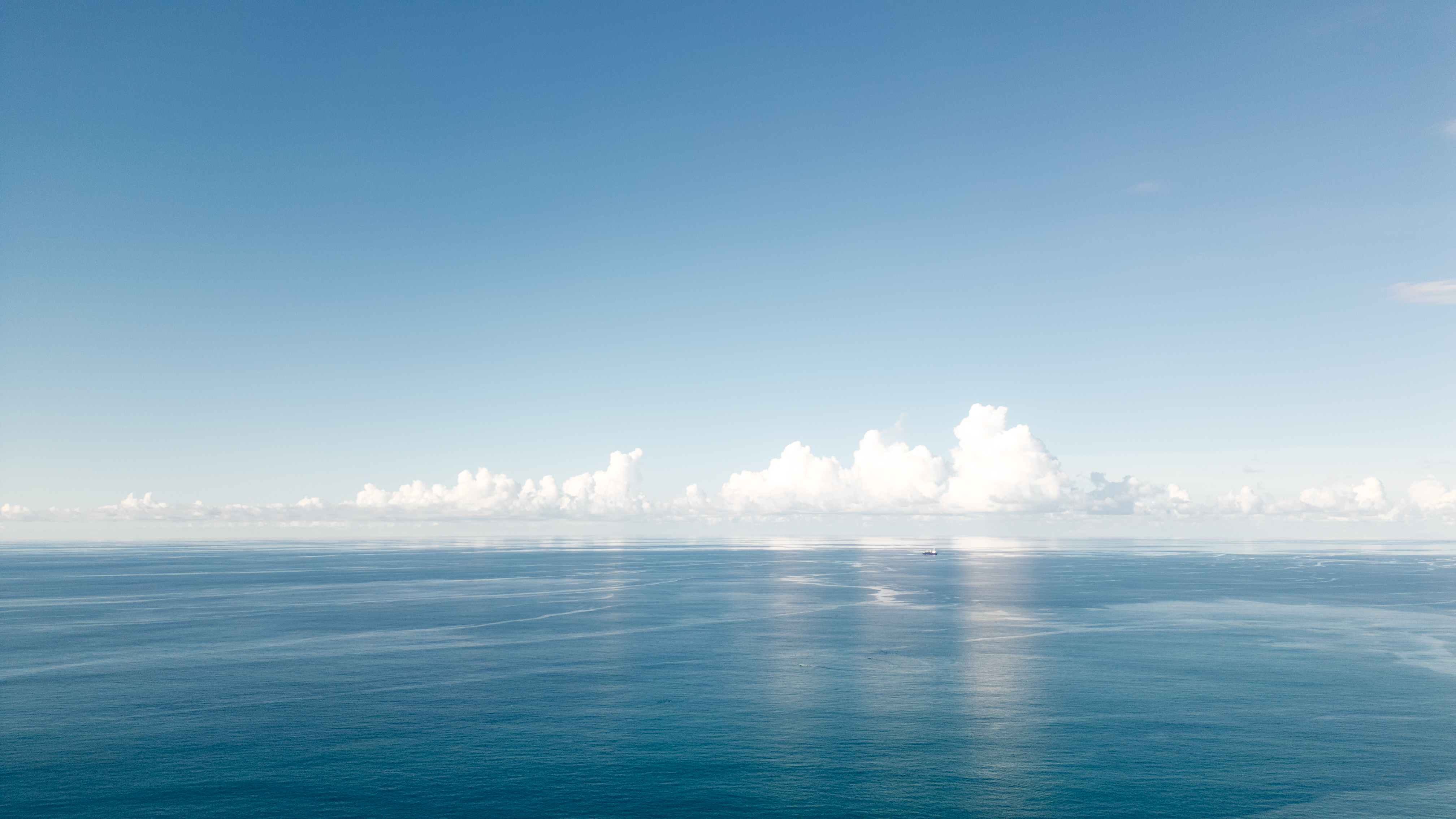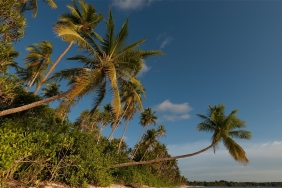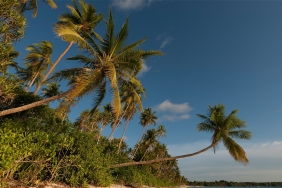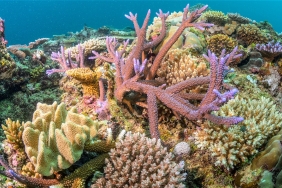EAST FLORES FISHERMEN MANAGE POLE AND LINE BAIT FISHERY
Skipjack, is one of the largest capture fisheries commodities in East Flores, accounting for 17% (2,325 kg/year) of the total capture fisheries production in East Flores Regency of 13,715 tons/year (DKP East Flores, 2011). Active since the mid-1980s, the skipjack industry has grown rapidly among the people of East Flores. However, data related to skipjack fisheries and the bait used in East Flores is not good enough to be used as a basis for management considerations.
Fisheries data plays an important role in providing information and knowledge for various related parties, especially for policy makers to determine appropriate policies that support sustainable fisheries management.
The presence of bait fish itself in East Flores is decreasing, ranging from the type of bait to the quantity available. Layang fish, in 2012, decreased by 60% from 2011 (DKP NTT Province, 2012). Meanwhile, currently the types of bait that are often used are tembang (sardinella) and kite (decapterus). Both types of fish are not only used as bait for pole and line, but are also consumed by the community, which has led to higher demand for these types of fish.
Management Measures
In February 2013, WWF-Indonesia's capture fisheries team initiated the collection of information on bait fish utilization in the Bagan and mini Purse Seine fleets. This was a step to determine the availability of bait fish and skipjack in East Flores. For one and a half years, data collection was carried out, until in November 2014, a presentation was held on the results of bait fish utilization data processing.
From the results of biological data collection, it was explained that the catch of swallowfish in Bagan Perahu fishing gear was the largest in June 2013 with a length ranging from 6-16 cm and a weight ranging from 2-78 g. While in tembang fish the largest number of catches was in September with a length ranging from 9-19 cm and a weight between 7-78 g.
The catch of swallowfish in purse seine gear was largest in June 2013 with lengths ranging from 8.4-19.6 cm and weights ranging from 4-80 g. While in tembang fish the largest number of catches in February 2013 with lengths ranging from 11.3-22.7 cm and weights between 14-55 g.
In addition, the number of operating fleets increased. Pole and Line fleet, in 2012 amounted to 61 now to 70, followed by Purse Seine now to 68 fleet and Bagan 31 fleet. This condition is inversely proportional to the quantity of swallowfish which has decreased in 2011-2012 (DKP Kab.
East Flores, 2012).
After the presentation, a discussion was held with 40 participants representing the East Flores Regional Government, East Flores Marine and Fisheries Service, East Flores Polairud, East Flores Forestry Service, East Flores Pole and Line Association, skipjack company representatives and all other stakeholders related to bait fisheries. The discussion resulted in an agreement to build a joint commitment towards improving bait fisheries.
Purse Seine and Bagan Association
The agreement led to the formation of the Purse Seine and Bagan Association, as bait fish fishing gear. The aim is to facilitate the Marine and Fisheries Service in collecting data and records for the number of active fleets and the number of fishermen involved. In addition, the association is expected to strengthen coastal communities, by organizing and gathering within the scope of the same fishing gear where they can jointly apply for assistance and facilitate the flow of socialization.
Last January, the Bagan fishermen association was formed. While the Purse Seine fishermen association was formed in December 2014. Both are currently in the process of being inaugurated by the local Marine and Fisheries Agency. The formation of the association is the first step of many steps that must be taken in conducting fisheries management that ensures the sustainability of SDI, after the availability of the results of the study can be a scientific recommendation for stakeholders and policy makers, to regulate the utilization of SDI to lead to the recovery of fish stocks.
Author: Saraswati Adityarini (Fisheries Officer Lesser Sunda Project)





